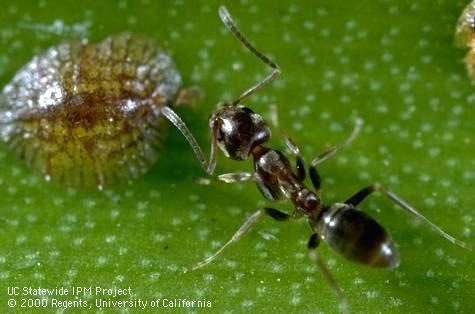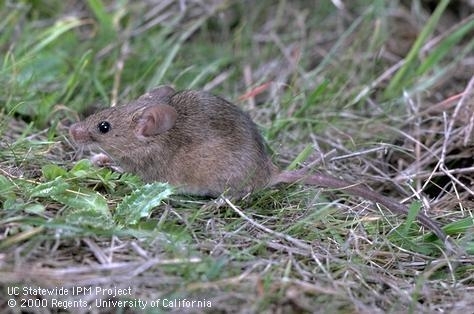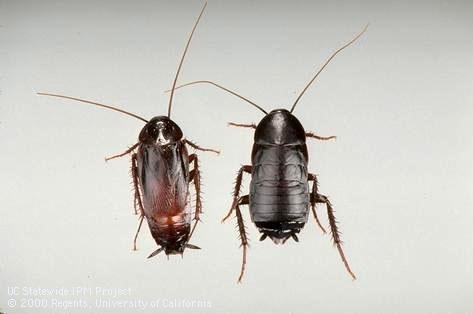California drought may be causing shifts in pest invasion behavior
Several California news stories this summer have reported increased pest problems in homes and landscapes, citing the prolonged drought as the cause. Pest control companies quoted in those stories confirm that demand for their services now is much higher than in past years.
The drought may be driving more invasions by annoying insects such as ants, but not necessarily for the reasons one might expect.
Many people are asking, “Why are there so many more pests this year than usual?”
People may just be seeing more pests, according to an urban integrated pest management (IPM) advisor with UC Division of Agriculture and Natural Resources.
“The overall abundance of pests probably hasn't changed and may even have decreased as compared to wet years,” said Andrew Sutherland, Ph.D., urban IPM advisor for the San Francisco Bay Area. “The real questions we should be asking are ‘Why are these pests appearing earlier in the year?' and ‘Why are the pests appearing all at once as opposed to throughout the year?'”
Sutherland says that landscape drydown has occurred more rapidly in recent years, so there may have been a more dramatic shift from high moisture to low moisture, prompting the nuisance pests to migrate earlier in the year and in a more concentrated manner.
“This is also the first year we've seen dramatic changes made by residents due to mandated water-use restrictions,” Sutherland said. “Areas with frequent irrigation and lush landscapes aren't available this year so nuisance pests like outdoor cockroaches, ants and crickets are migrating from dry areas to seek moisture.”
This search may lead the thirsty pests to homes, garages or landscape that they haven't visited before. The IPM advisor used oriental cockroaches as an example.
“Oriental cockroaches are highly dependent on moisture and humidity and are not normally found indoors,” said Sutherland. “Outdoors, if you have an irrigation control box, leaky hosebib or water meter box, or a French drain system, that's where you'll find them. But if this water supply has been reduced or shut off, this population you didn't even know of – that may have existed for years – may crawl under doors or into foundation cracks and move indoors in search of water.”
Sutherland advises against relying on perimeter pesticide sprays to treat for nuisance pests since these applications are effective for only a short time and therefore only represent temporary solutions. Instead, Sutherland recommends using IPM methods, such as exclusion and habitat modification, which provide more long-lasting pest invasion prevention.
To learn more about home, garden, turf and landscape pests and how to exclude them, visit the UC Integrated Pest Management website at http://www.ipm.ucanr.edu/PMG/menu.house.html. For more advice on pest problems, contact the UC Master Gardeners at a local UC Cooperative Extension office http://ucanr.edu/County_Offices.
Further reading
Cockroaches http://www.ipm.ucanr.edu/PMG/PESTNOTES/pn7467.html?src=blog18995
Ants http://www.ipm.ucanr.edu/PMG/invertebrates/links.ants.html?src=blog18995
Rodents http://www.ipm.ucanr.edu/PMG/menu.house.html#VERT?src=blog18995
UC Master Gardeners http://mg.ucanr.edu/Become_a_Master_Gardener/Counties/?src=blog18995
Excluding seasonal nuisance pests http://www.ipm.ucanr.edu/PDF/PUBS/greenbulletin.2012.feb.pdf?src=blog18995



